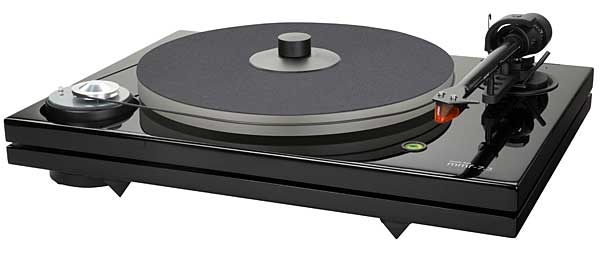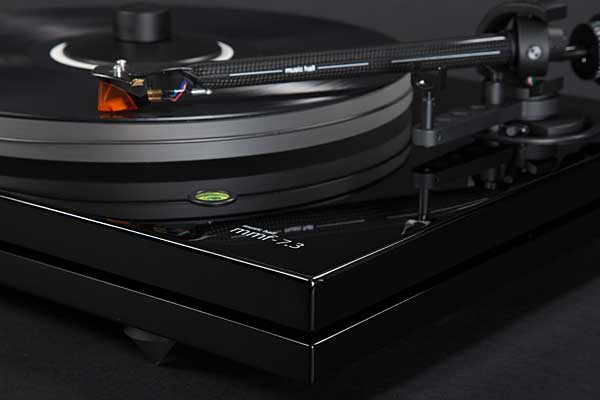| Columns Retired Columns & Blogs |
I have a friend with that cartridge and I thought it sounded good. I can't explain such a poor perception of it. Could it be a dislike of the Ortofon "house sound" thing?
Anyway, if I were in the market for a table in that range, the review would put it at the top of my list. I think Roy Hall just has a grumpy-old-man persona to maintain. It was very well written and gave me a solid idea of what I would expect from the table.












































